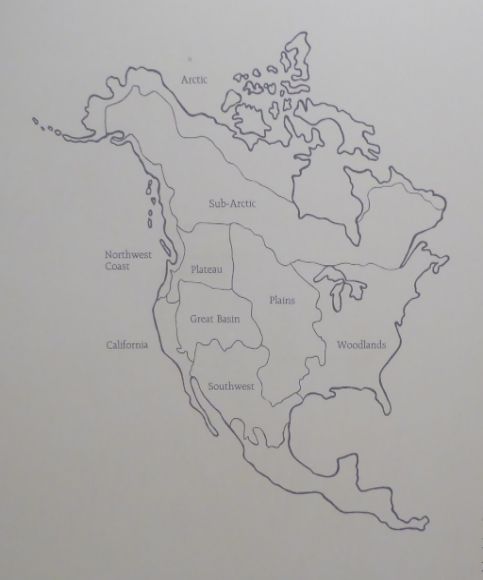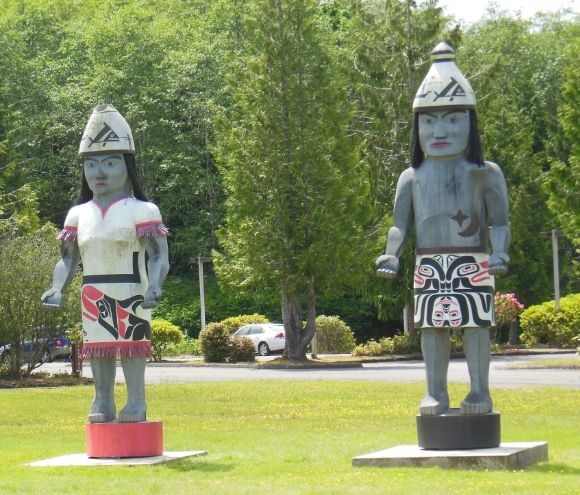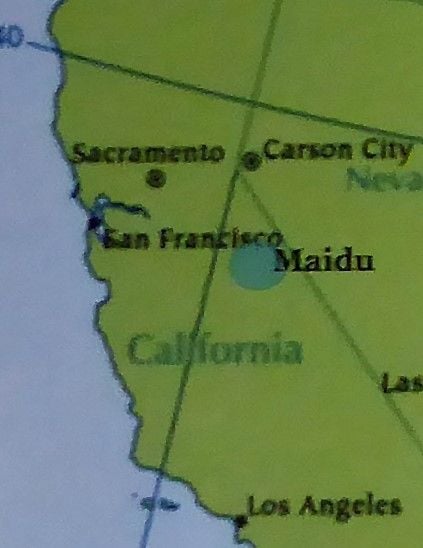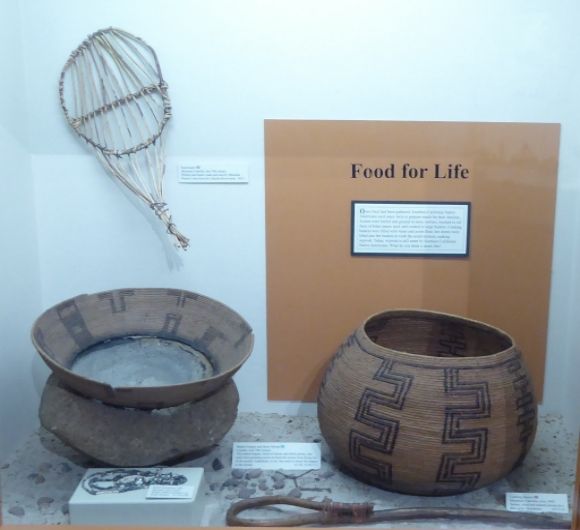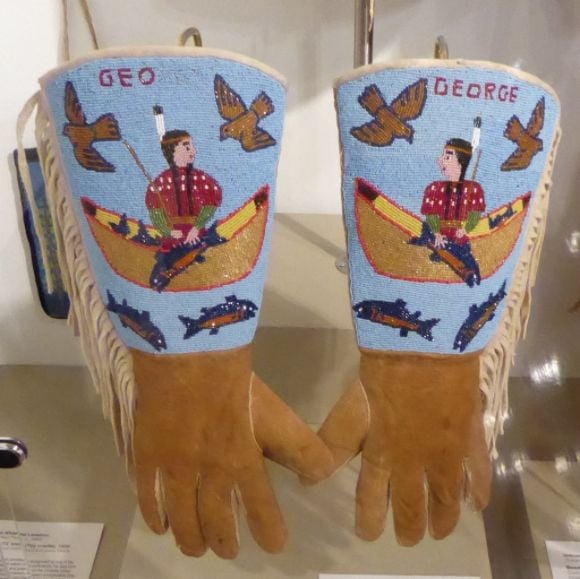The Soboba Indian Reservation
The traditional homeland of the Luiseño was in the area of the San Luis Rey River and their name, given to them by the Spanish, comes from the San Luis Rey de Francia mission which was established in their territory in 1798. The aboriginal name for the Luiseño is presently unknown. In her entry on … Continued

